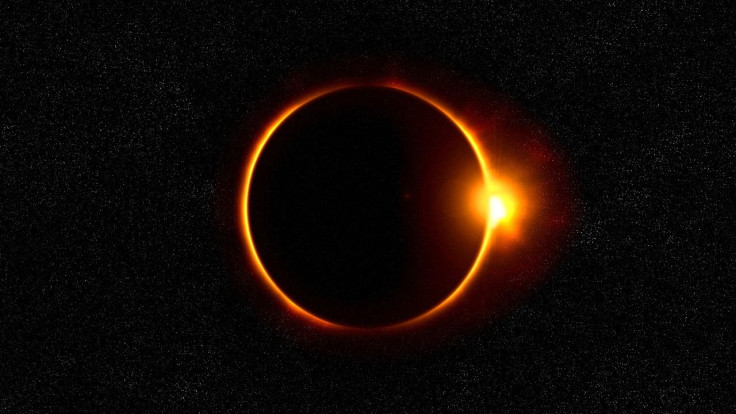How To Watch The Solar Eclipse Without Damaging Your Eyes

From a young age, we’ve all been taught not to stare at the sun, but next week, you may feel tempted to go against what your parents told you. On August 21, millions of people across the United States will gather outside to watch a total solar eclipse, visible across the entire continental U.S. for the first time in nearly a century.
But before you head out to witness the rare occasion causing the moon and sun to be completely aligned, make sure you’re prepared to protect yourself from eye damage. Here’s how to safely view the solar eclipse, according to experts.
Wear Solar Shield Glasses
Wearing sunglasses to watch the eclipse isn’t enough to protect yourself from serious eye damage. Instead, viewers must wear solar shield glasses, ophthalmologist Dr. Ming Wang told Medical Daily. The glasses work by “reducing infrared and ultraviolet radiation from the sun to a safe and acceptable level,” he explained. To assure you’re getting the best protection, only buy solar shield glasses from accredited vendors who make products that meet the international safety standards. Here’s a full list of reputable suppliers, provided by the American Astronomical Society (AAS).
Create A DIY Pinhole Projection
As the much-anticipated solar eclipse draws closer, solar shield glasses are flying off the shelves. If there’s no more pairs available online or if you want a cheaper alternative to watch the eclipse, consider creating a DIY pinhole projector. The method works by passing sunlight through a small opening, such as a hole punched in an index card. Don’t look directly through the hole, instead project an image of the sun onto a nearby surface such as the wall or the ground. For a visual demonstration, see below, or check out the AAS’s step-by-step guide on creating a pinhole projection.

Visit An Eye Doctor If Damage Occurs
If you experience vision loss after the eclipse, it’s important to promptly visit an ophthalmologist who’s able to assess if you have solar retinopathy, which is when radiation from the sun reaches your retina.
“[Solar retinopathy] can result in significant blurred central vision, missing spots in vision, or wavy vision in the affected eyes,” Wang warns. “Recovery of vision can occur over a three- to six-month period, and can sometimes be complete without any long-term effects.”
However, depending on the severity, effects can sometimes be permanent, which is why he stresses the importance of wearing appropriate eyewear.



























